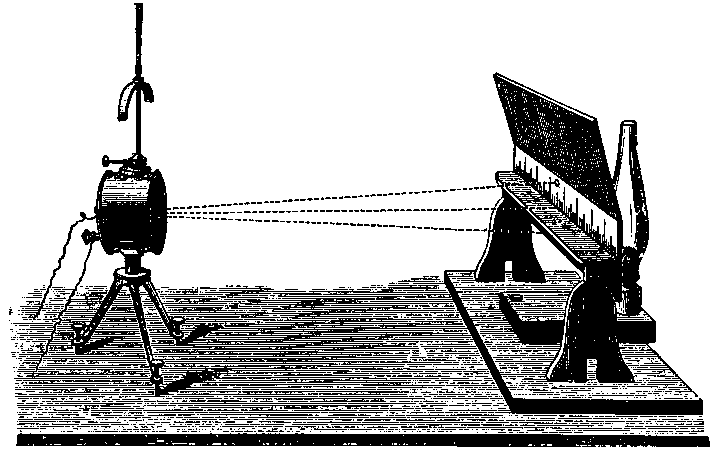 Alpern, M. Relation of Visual Latency to Intensity.
AMA Archives of Ophthalmology, 1954, 51, 369 - 374.
Alpern, M. Relation of Visual Latency to Intensity.
AMA Archives of Ophthalmology, 1954, 51, 369 - 374.
Note: Permission to reproduce this paper has been withheld by the publisher,
The American Medical Association.
A rotating disc with two holes was used to present monocular, 12 ms flashes to several human observers, who were asked to judge when the flashes seemed simultaneous (viz., with no apparent motion). A 2 mm artificial pupil was used to control retinal illuminance.
Consistent with Pulfrich-effect data, the dimmer hole had to be presented earlier than the brighter, to compensate for an inferred dependence of the latency of the visual response upon illuminance.
Although generally agreeing in shape with the trend of binocular data for the Pulfrich illusion, the flash latencies were consistently lower at all levels of illumination.
Back to Pulfrich Effect Home. University Privacy Policy
The Pulfrich Effect, SIU-C. Last updated 2000-07-23